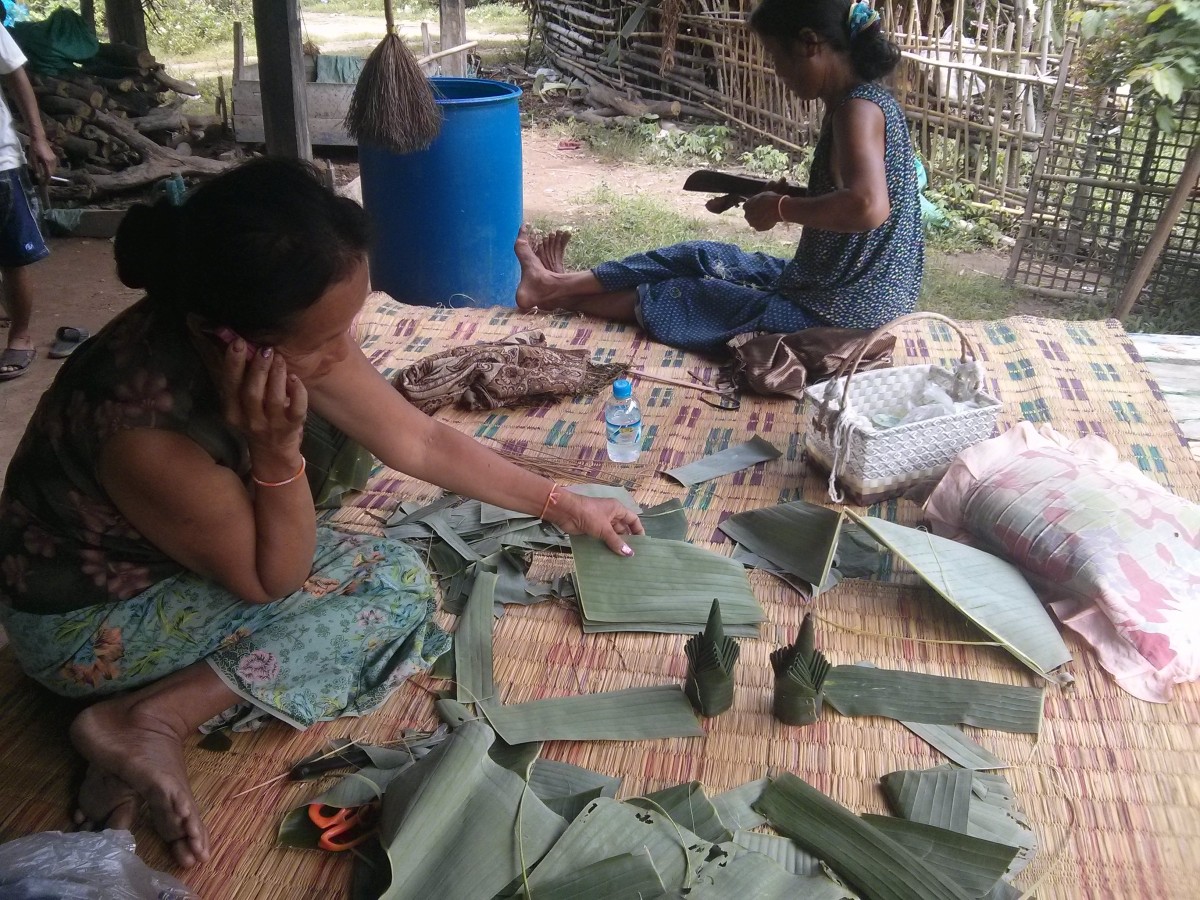Memo #356
By Carly Teng – c.teng [at] alumni.ubc.ca

The primary focus of ASEAN has been on economic development, with some attempts since 2014 to include “women’s economic empowerment” through support of female entrepreneurship in its member countries. ASEAN’s recognition of the need for women’s economic empowerment is necessary, but not sufficient to advance women’s rights, especially in the rural areas. 80% of the country’s population lives in the rural areas of Laos: the vast majority rely on farming for subsistence, and women play central roles in the household food security in these areas. Moreover, given that 53% of small business owners in Laos are women (62% in urban and 43% in rural areas), rural female entrepreneurship has already been successful in the country even without ASEAN’s support. But specific policies that address existing socio-cultural barriers against women’s empowerment and foster women’s participation in economic activity and decision-making in rural Laos are required.
In the third report on the advancement of women in ASEAN, the primary focus was on economic integration. But the larger barriers to female economic empowerment remained unaddressed. First, the report noted cross-border migration and integration would benefit Lao women. While this may be true, the report does little to address the normative structures (values, attitudes and beliefs) that limit mobility for Laos women, especially those from ethnic minority groups in remote rural areas. Second, the report suggests vocational training for small business owners; however the efforts are concentrated in Vientiane, the capital. Rural women are excluded from such initiatives, even when they already form nearly half of female small business owners in the country.
While economic empowerment has the potential to lift many women in rural areas out of poverty, assuming that spillover effects from development will disperse equally over urban and rural areas is not a sufficient strategy. Without specific policies to address the socio-cultural barriers that deter their full participation in the economy and the policy and decision-making processes, women in rural areas of Laos will remain excluded from empowerment. ASEAN must develop specific policies to promote the interests and encourage the participation of women in rural communities of Laos in shaping policy on the ground in a way that would be transferable to ASEAN and its action plans.
About the Author:
Carly Teng is a Master of Arts in Asia Pacific Policy Studies candidate at the University of British Columbia and an Institute of Asian Research Fellow (2013 – 2014). She currently works and resides in Lao PDR. You can follow her on Twitter or contact her via e-mail.

Women making makbeng (an ornament) from banana leaves to sell for Baci and Buddhist ceremonies in Savannakhet Province, Laos (Credit: Carly Teng, July 2015).
Links:
- Asian Development Bank and the World Bank, “Country Gender Assessment: Lao People’s Democratic Republic,” (World Bank Lao PDR Country Office), 2012.
- Helene Carlsson Rex, “Gender Equality in Laos: First Impressions can be Deceptive,” World Bank: East Asia and Pacific on the Rise, Blog Series, February 28, 2013.
- José Edgardo Gomez et al., “Reaching across the Mekong: Local Socioeconomic and Gender Effects of Lao-Thai Crossborder Linkages,” Journal of Current Southeast Asian Affairs, 30 (2011): 3-25.
- Holly High, Fields of desire: Poverty and Policy in Laos (Singapore: NUS Press), 2014.
- Kyoko Kusakabe, “Gender Mainstreaming in Government Offices in Thailand, Cambodia, and Laos: Perspectives from Below.” Gender and Development, 13 (2005): 46-56.
- Kyoko Kusakabe, “Women’s Work and Market Hierarchies along the Border of Lao PDR,” Gender, Place & Culture: A Journal of Feminist Geography, 11 (2004): 581-594.
- Vientiane Times and Asia News Network, “Laos prepares for ASEAN chairmanship in 2016,” Inquirer.net, September 27th, 2015.
- “Third Report on the Advancement of Women in ASEAN,” Gender Dimensions of Globalization and Regional Integration (Jakarta: ASEAN Secretariat), 2007.